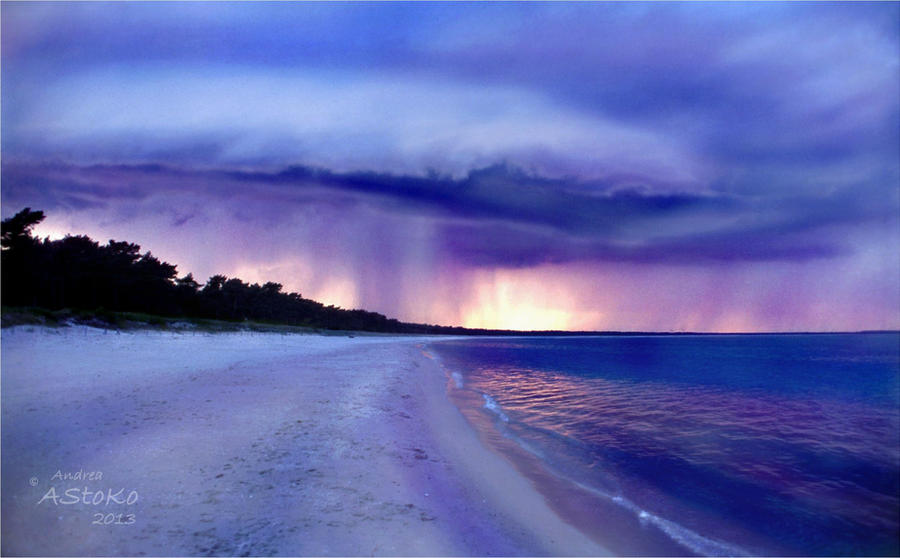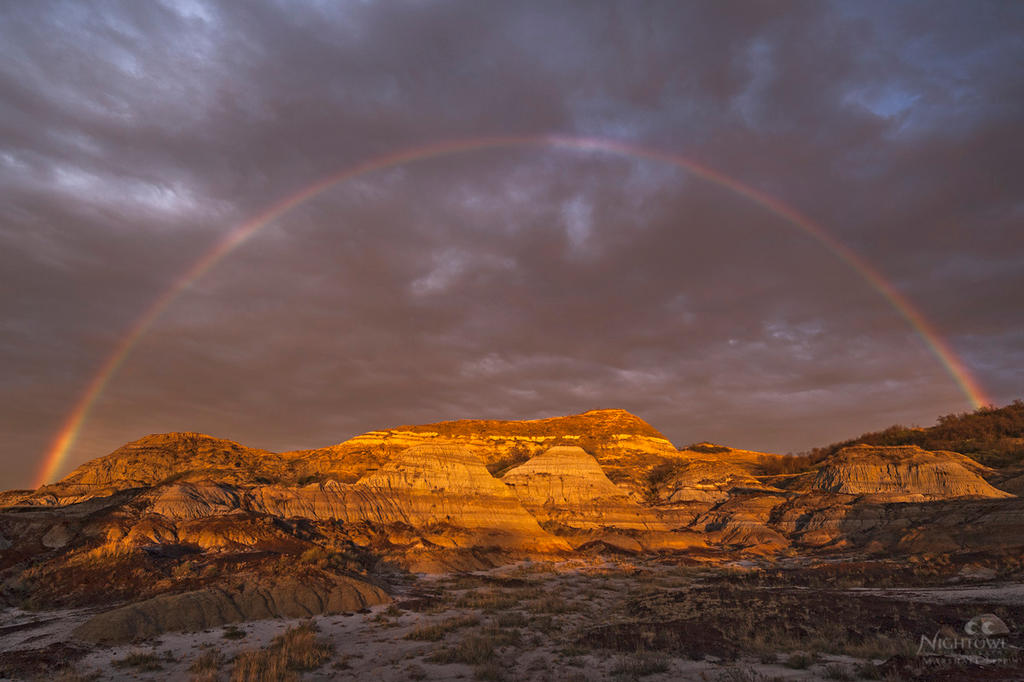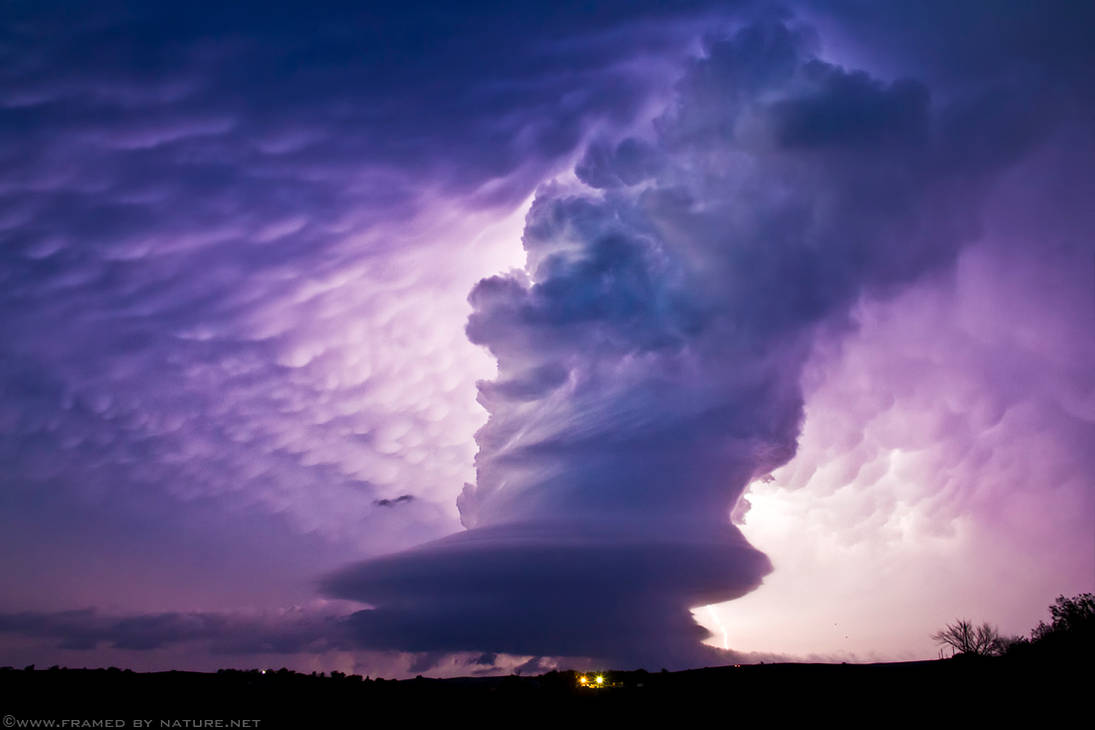ShopDreamUp AI ArtDreamUp

Tip Jar
If you love our (zoo) photography, it would mean the world if you could support us.
This subscription does not contain any perks or added content, but it allows us to continue visiting zoos (travel and entrance fee) and keeping our camera gear up and running.
And of course, you'll have our neverending gratitude and appreciation.
$1/month
Say Bye-Bye 2023
At the end of each year, we take the time to reflect on that year and all that we saw and everything that happened. As I'm writing this, I can't help but think that over the past few years the world has become a lot scarier. I'm sure it's a matter of European white privilege, that one can know there's famine, war and genocide happening in the world but as long as it's outside of the "western world"? It barely makes the news, perhaps a byline every now and then. But once it gets too close, it becomes everyday news and you're actually facing it in the streets. Our hearts go out to everyone fleeing their homes and running for their lives - leaving behind everything and everyone they know. Civilian casualties are unacceptable collateral, but in the face of religious and political disputes it's always innocent bystanders - just trying to live through the day to see another tomorrow - who end up hurt. In the Netherlands too, we're facing a change due to the outcome of the November
UPDATE 2: Can you help us help? - Cat Cafe in need
Hi everyone :wave: It's been a while since I've given you all an update on beautiful young cat Harry who's been suffering from an undiagnosed, serious disease. You can read up on the situation here: It is so difficult to express into words how much it means that you've helped us support our favorite cat café and sweet Harry. It means the world:hug: Thanks to your dear support, we've been able to make a donation of a nice sum of money to help towards his vet costs :heart: As for his current situation, I wish I had good news to share. Mid-November, his blood was examined again. He was doing slightly better than before, but we all knew he wasn't out of the woods yet. They continued his meds, so he could have his blood examined again, today. Sadly, last week Harry wasn't eating and they had to rush him to the vet. He got a dosis of Prednison and it's helped slightly. It looks as if the medication do work for a few days, but then the effects water down until they don't do
UPDATE 1: Can you help us help? - Cat Cafe in need
Hi everyone :wave: These last few months have been crazy for our favorite cat cafés... So many cats in all different cat cafés have fallen seriously ill and passed away. We asked your help mid-August in this journal for a specific, very unlucky cat café: Familie Snorhaar in Breda, the Netherlands is one of our favorite cat cafés. We try to visit every few months, and the owner knows us by face - and actually, so do some of the cats! Although they might recognize the tread of our feet and the smell of our bags more than they recognize our faces. In the above journal, we shared with you all the unlucky events leading to sky-high vet bills. We want to share with you an update on the current situation. Luna is home! She was missing for nearly a whole month - having walked into a humane trap and returned to the cat café on August 23. Her fur is a bit worse for wear, she's lost weight and you can tell by looking at her she's had to survive in tough conditions. Harry has been doing
Can you help us help? - Cat Cafe in need
Hi everyone :wave: If you know us a little, you hopefully know nwe love cats. Aside from our zoo photography hobby (where we're known as Mouselemur or Mouselemur Photography), we also actually visit cat cafés and photograph the cats there (where we go by Zusjes Portegies). We have a voluntary collaboration with some, who use our photos in their menus, their little books that tell you about the cats and the cat café, and use our photos on their website and social media :D Our absolute favorite cat cafés (Familie Snorhaar) is going through a really hard time. One of their youngest residents named Harry suddenly fell critically ill. While investigating a possible diagnosis - a highly contagious one - the other cats had to be tested as well. While outside and in her carrier, one of the cats named Luna escaped out of her carrier! She's been missing since. Later that week, they had to say goodbye to one of their cats named Stella because of untreatable cancer. Meanwhile, it's
Featured in Groups
Comments29
Join the community to add your comment. Already a deviant? Log In
Fantastic selection of features and I love the great information too! Thank you very much for including one of mine among them! 

















